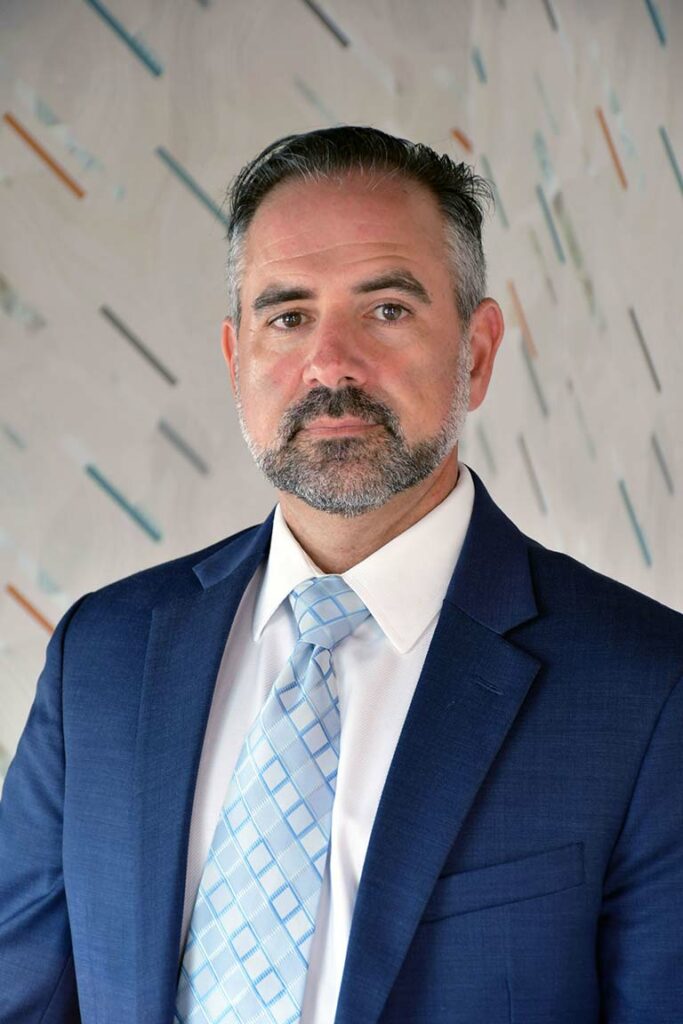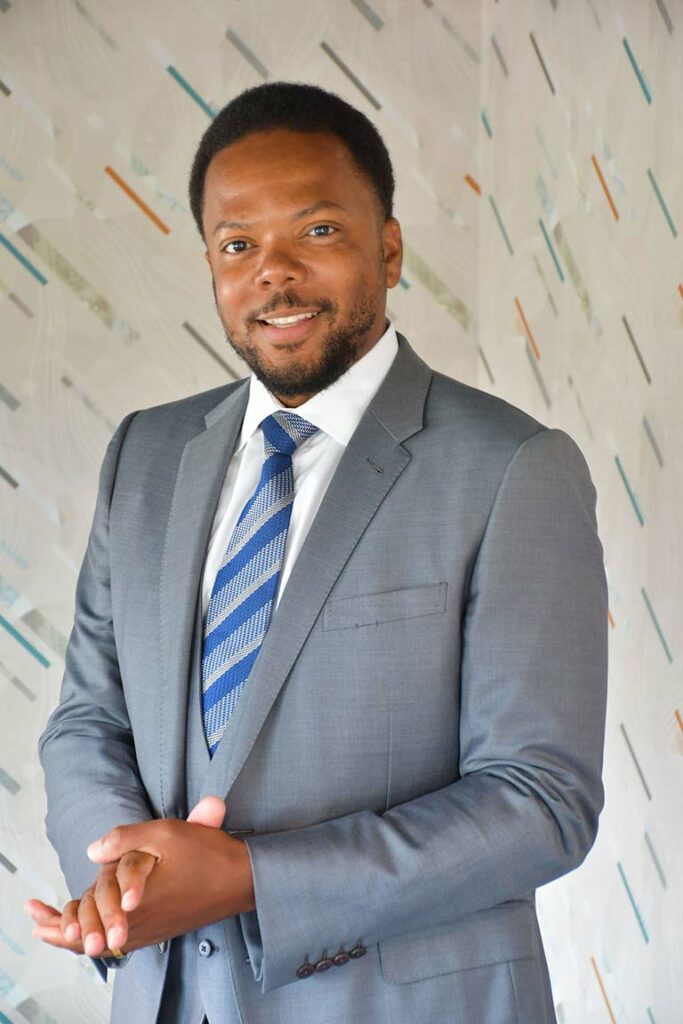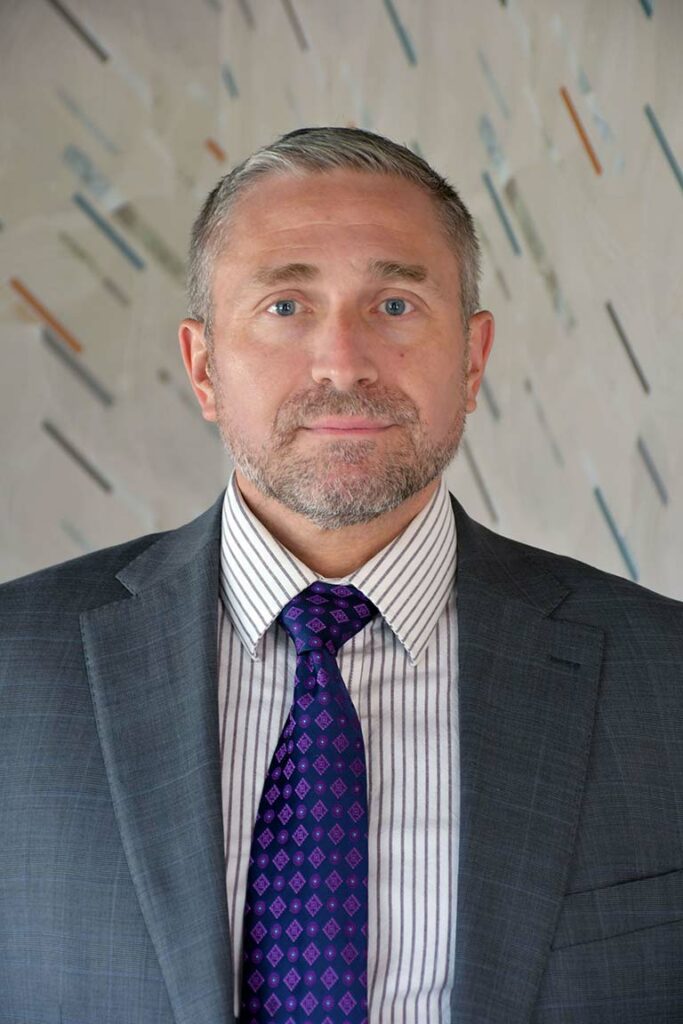Four stories of medical research will join a daycare, a 130-room hotel, and a social services center — as the last development in the decade-long construction of the Route 34 West “superblock.”
City Plan Commissioners voted unanimously to approve a site plan by a local real estate developer to turn an empty surface lot into a 47,000-square-foot medical office. No other government votes are needed for the developer to begin obtaining permits and start work.
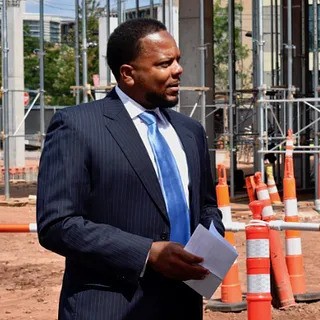
Yves-George Joseph, the principal of RJ Development + Advisors LLC, pitched that project for 149 Legion Ave., owned by Larry J. Stubbs of LPRI MLK New Haven LLC. It’s the last construction work stemming from a 2014 Land Disposition Agreement (LDA) that brought Continuum of Care, a now-closed Rite Aid, and The Learning Experience to the area bounded by MLK Jr. Boulevard, Legion Avenue, and Orchard and Dwight Streets. The Cambria Hotel, which opened in 2022, was the last “Route 34” addition.
Those developments were part of a plan to build a superblock along a stretch of the Oak Street neighborhood razed during mid-century Urban Renewal to make way for a highway that never came to be.
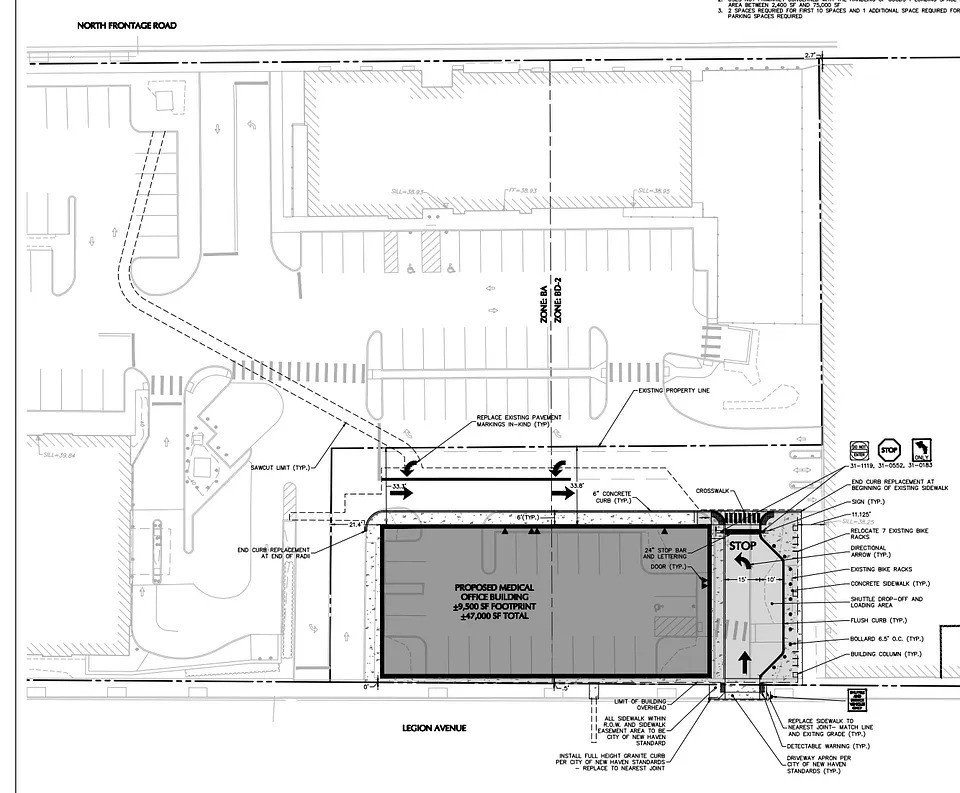
“This is the only piece of the puzzle left, so to speak,” Emilia Perez, an engineer on the project, said of the upcoming offices. “Each building on the rest of the site has been built since 2014, and we are the last.”
The idea is to layer four floors atop an existing surface lot. Two floors will operate as mostly medical research space, while the other two will host offices. Representatives estimated that they could break ground by early 2025 and wrap up construction within two years.
City staff wrote a report to the commission supporting the site plan, which they said would bring jobs and economic development to the area.
Before voting at their meeting last week, commissioners inquired about who might ultimately occupy the building.
“Do you not have a tenant yet?” Commissioner Adam Marchand asked. “Different kinds of clinical or research enterprises may have different patterns of visitation and traffic.”
Joseph said he anticipates the end product will be a bioscience research center — though he “is not yet firm and committed as to exactly who [the client] will be.”
But, he clarified, “we are not anticipating a user that would require a high volume of patients,” like an outpatient clinic or other medical center might. Rather, he imagined researchers, associated lab workers, and trial participants to be the primary patrons.
With that, the commissioners permitted the plan to move forward.
Originally posted by New Haven Independent.


